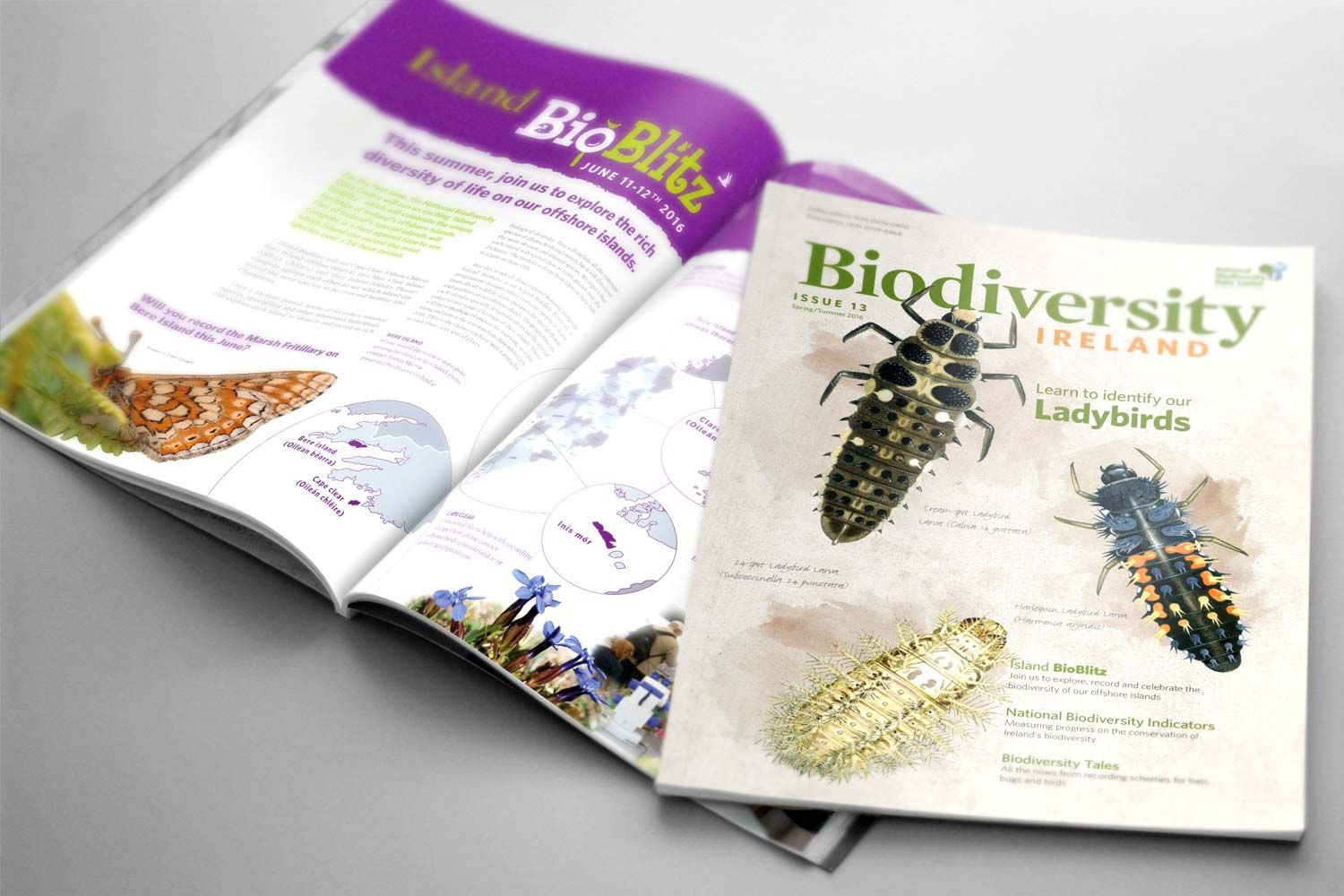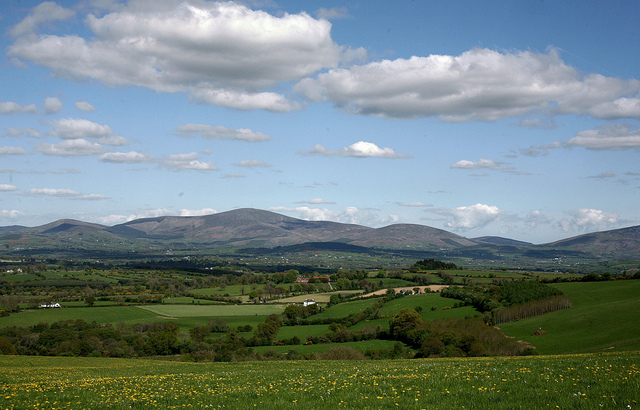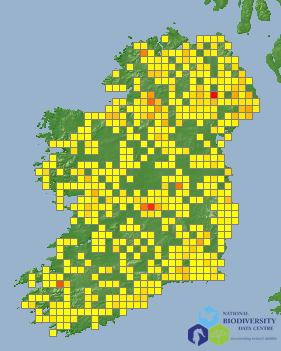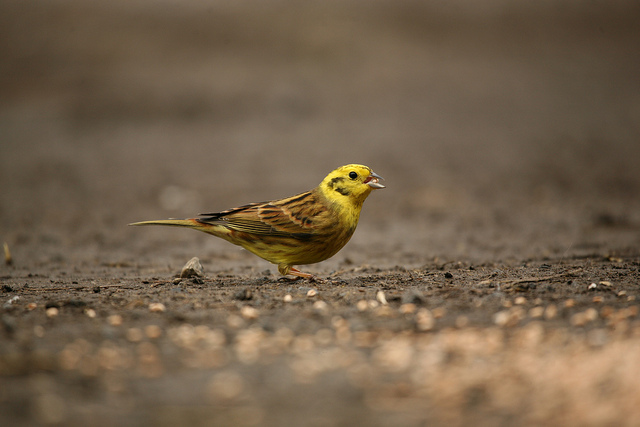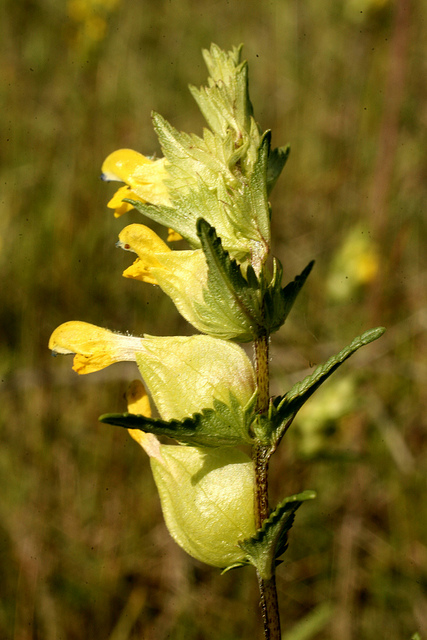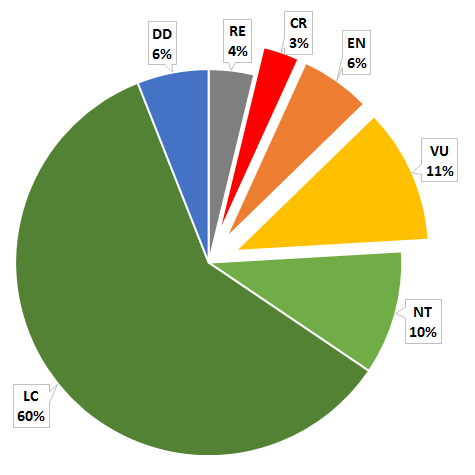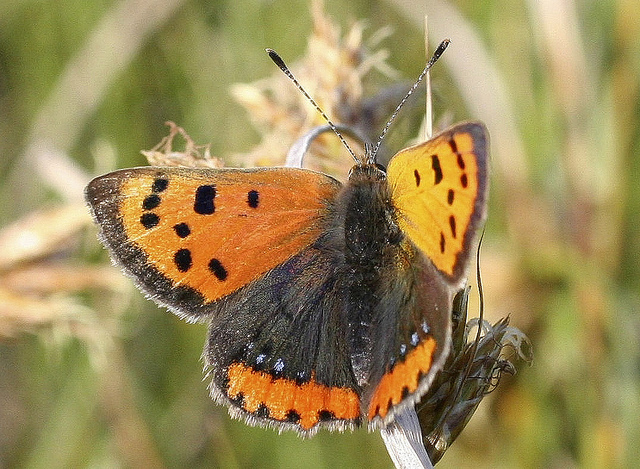Below is my Comment piece in the latest issue of Biodiversity Ireland newsletter. This issue is on sale for €5 until 31 May, with all proceeds going directly to Special Olympics Ireland in support of their annual collection day. Our employer Compass Informatics will match any income from the sales. This issue can be purchased on-line by clicking here Purchase Biodiversity Ireland. The 24 page issue is crammed full of information about Ireland’s biodiversity, and purchasing it is a good cause.
People do care about biodiversity
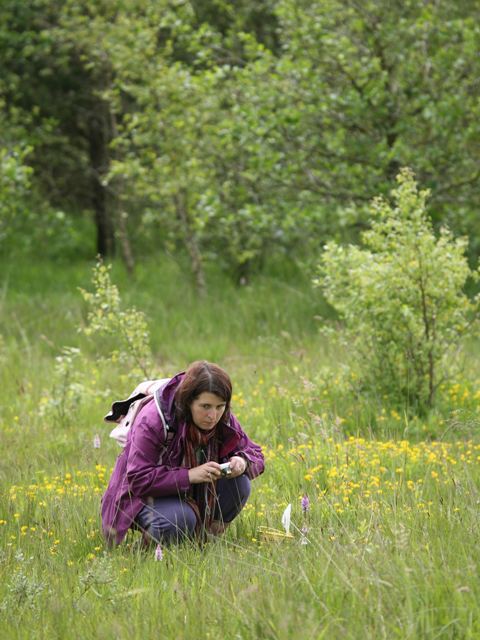
If one were to judge only by the coverage that biodiversity receives in the mainstream media, then it would be easy to conclude that there is no support for the conservation of biological diversity in Ireland. Nature conservation provides rich pickings for a mainstream media whose primary focus is on conflict and controversy. Biodiversity loses out for seldom does the media have the patience to understand what often can be complex issues, nor does it find much value in good news stories. The one exception to this is the coverage received by the publication of the All-Ireland Pollination Plan. In contrast to other conservation issues, this has received serious media attention and there is genuine and deep interest in the plight of pollinators. The message is stark; about 30% of bees are threatened with extinction in Ireland, and unless we take concerted action, the pollination services which are so beneficial to Irish society and the economy will be lost.
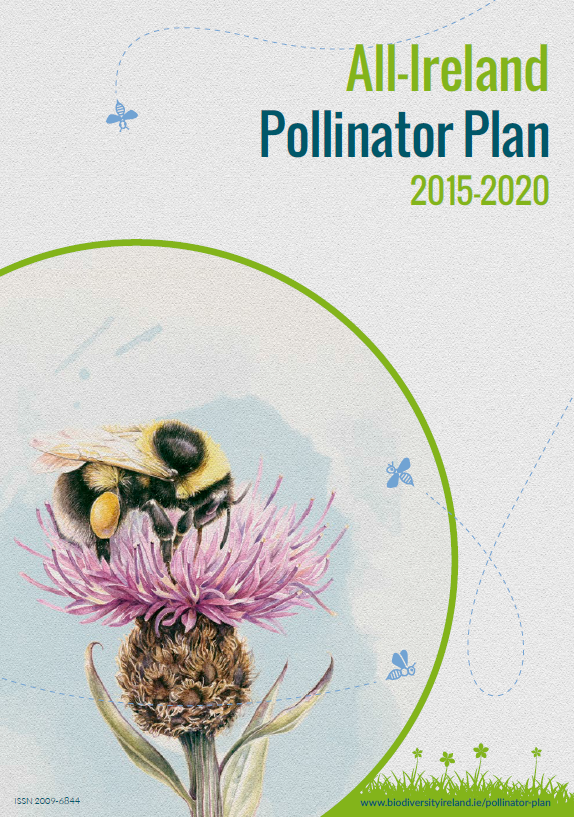
But what sets this issue apart from many others is that the All-Ireland Pollination Plan presents a clear roadmap for how the plight of pollinators can be addressed. Thanks to the exceptional work of Úna FitzPatrick, Jane Stout and others, 81 easily implemented actions have been identified that can create a landscape that is more pollinator friendly. And there is something for everyone to do, no matter how much land, time or interest one has in the issue. The message I take from this is that there is an innate interest in biodiversity amongst the Irish population, but this can only be unlocked with innovative approaches to conservation.
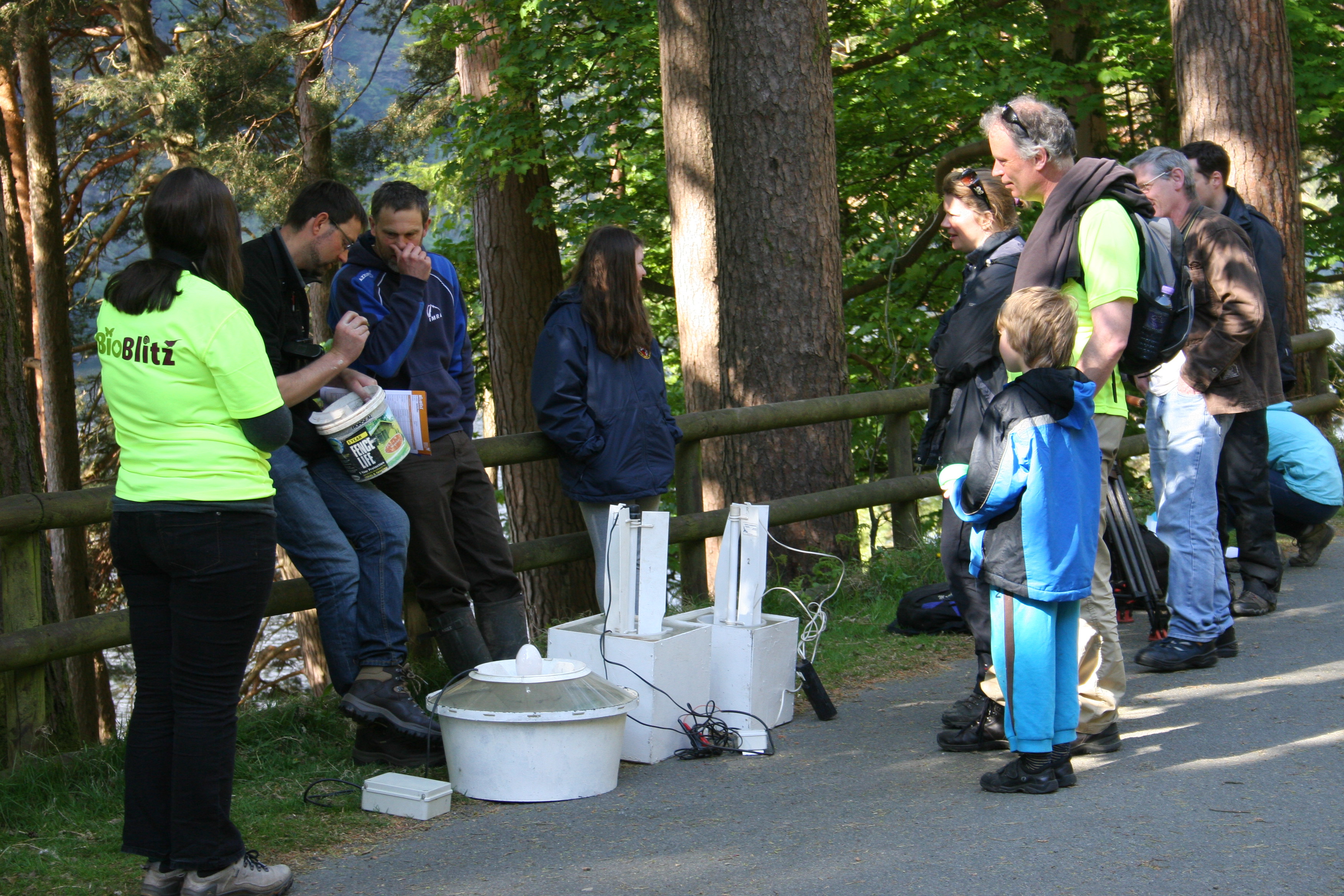
Another initiative that has proven successful in unlocking this interest is the Data Centre’s BioBlitz event. This year BioBlitz will be a celebration of the natural heritage of islands, with five of Ireland’s special islands participating. BioBlitz has struck a chord with people as it allows everyone to participate and experience at first hand the remarkable diversity of life supported by some of Ireland’s most special places. It is a simple, yet effective, way to communicate the message that the conservation of biological diversity is important, and to demonstrate in a tangible way that natural heritage is a valuable asset.
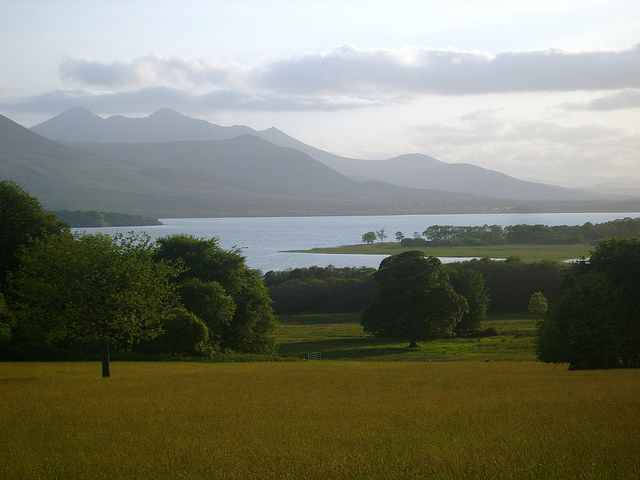
And the value of this natural asset is being eroded continuously, as shown by the National Biodiversity Indicators. Progress has been made on only 32% of the indicators established to track the delivery of the conservation of biodiversity in Ireland. This demonstrates that Ireland is falling well short of meeting its national and international conservation targets, and that a much more concerted effort is needed to remedy this. This concerted effort will require tapping into the innate interest in conservation amongst a much broader population base.
Biodiversity Ireland, Issue 13 (Spring/summer 2016)
